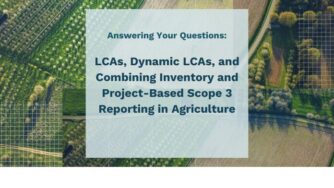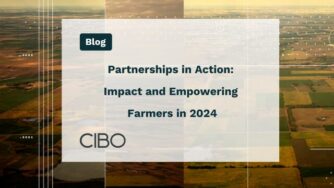Until the late ‘90s, most climate change activities had focused on growing the scientific body of knowledge and developing international cooperation frameworks. Since then, those activities have continued and even accelerated. The Kyoto Protocol became effective in 2005, and its first “commitment period” — the window in which signatories were to meet the emission targets they had agreed to under the treaty — began in 2007. After that, the CDM and JI began operating, enabling funding for emission reduction projects worldwide.
During the early 2000s, other carbon trading systems were also being established. The EU Emissions Trading System became active in 2005, new regulatory schemes went into effect for California (2004), and in certain industries in the northeastern U.S. (2009), and many others.
But attention was also shifting to action in the corporate world. In 2001 the Greenhouse Gas Protocol, which had been founded in 1998 by the World Resources Institute and the World Business Council for Sustainable Development, published the GHG Protocol Corporate Standard. This standard created a framework for corporations (or any organization) to use in creating robust, transparent, and meaningful greenhouse gas inventories (also known as carbon footprints).
The Corporate Protocol also introduced the concept of emission scopes (described later) that became a widely-adopted shorthand for classifying a company’s emissions. After several years of publishing foundation standards establishing rules and language, the ISO began publishing the first of its greenhouse gas accounting standards in 2006, followed by more from the British Standards Institution in 2008. Since then, the standards published by these groups have converged and today are very similar in most respects.
Another organization formed in 2000 was the Carbon Disclosure Projects, now known simply as CDP. CDP provides a platform through which organizations can publish their greenhouse gas inventories and scores for companies and cities. Those whose carbon disclosures score highest are included in annual “A-Lists”.
The early 2000s also saw the formation of several new greenhouse gas registries, such as Climate Action Reserve, Gold Standard, and Verified Carbon Standard (now called Verra). The American Carbon Registry had been founded in 1996 as a private carbon trading system, but its published protocol documents appear to date from 2009.
Early on, these registries played important roles in regulatory programs, especially in California. They also created voluntary programs where emission-reduction projects could be funded by organizations looking to voluntarily offset any emissions they were unable to eliminate. These markets started off slowly due to a lack of demand.
Learn more by reading The Definitive Guide To Carbon and Climate Commitments.



